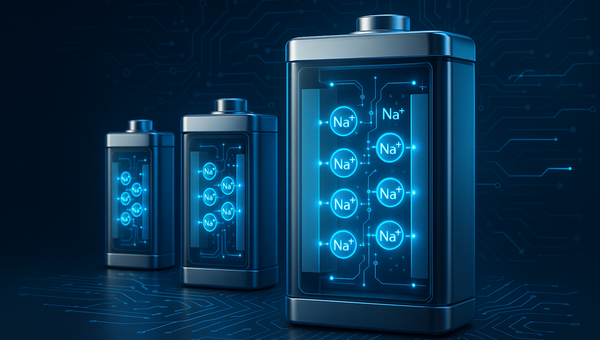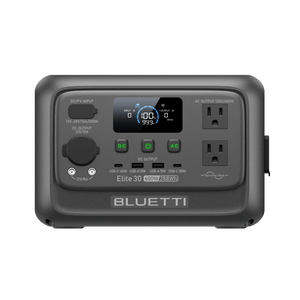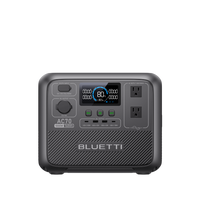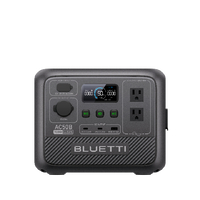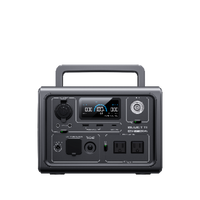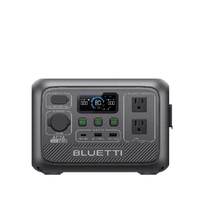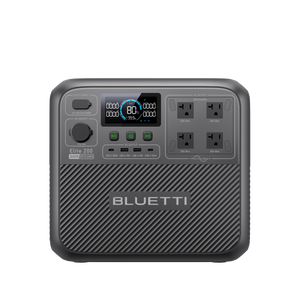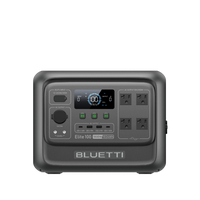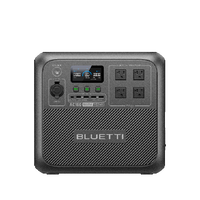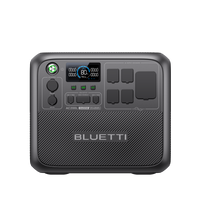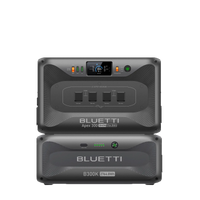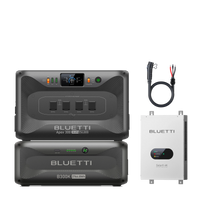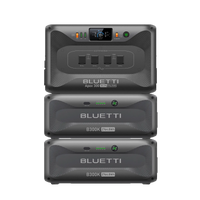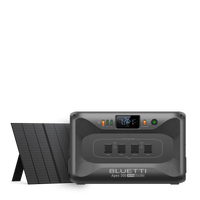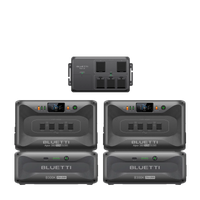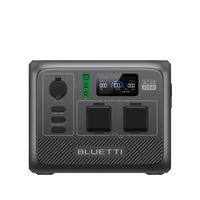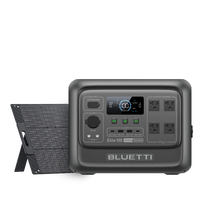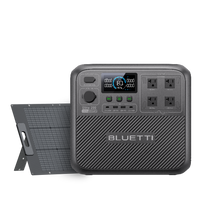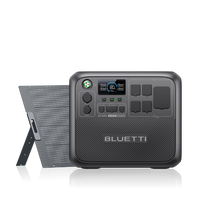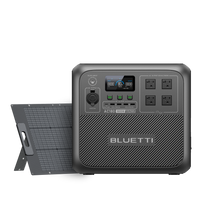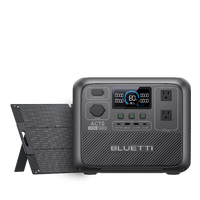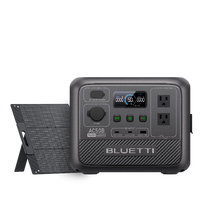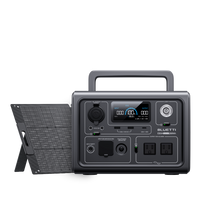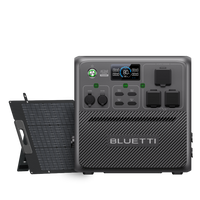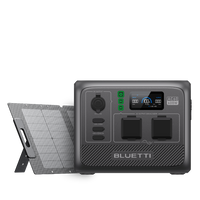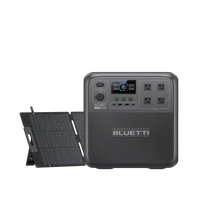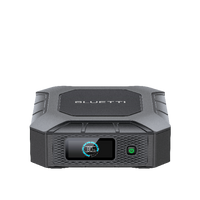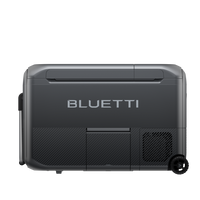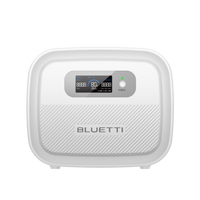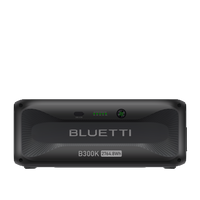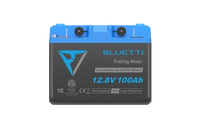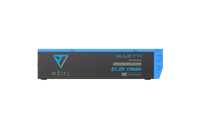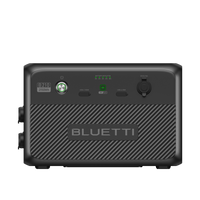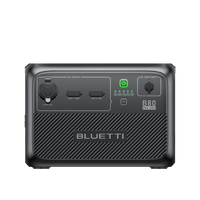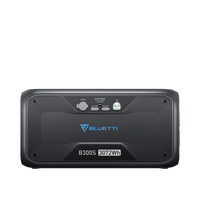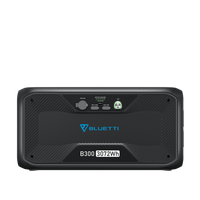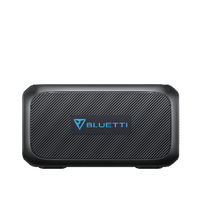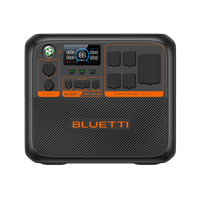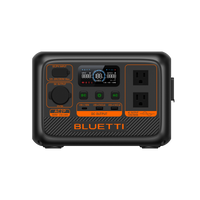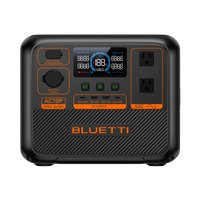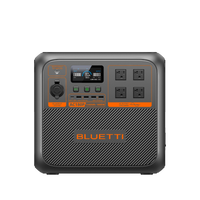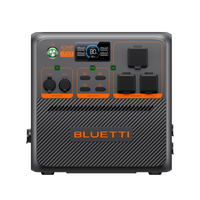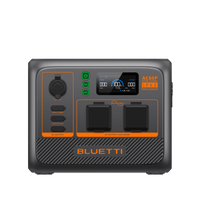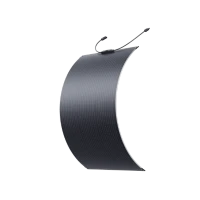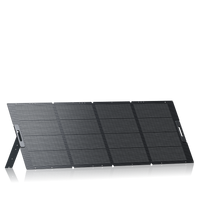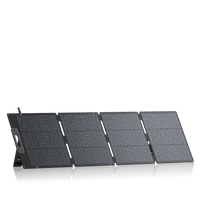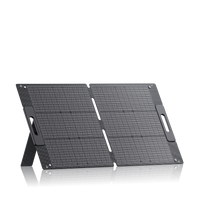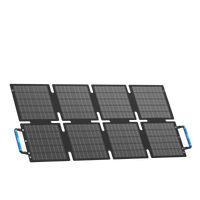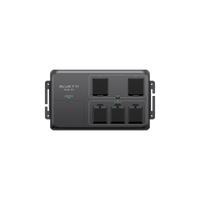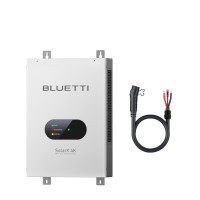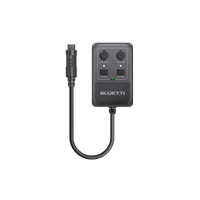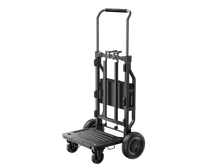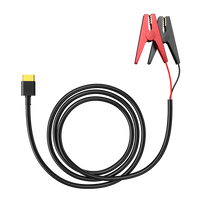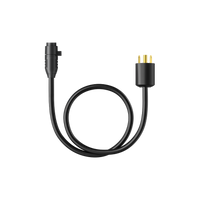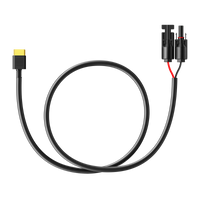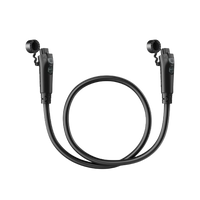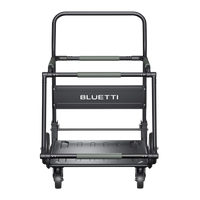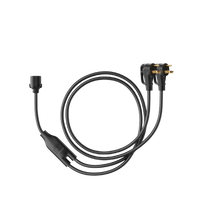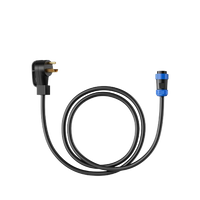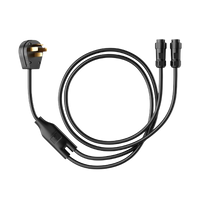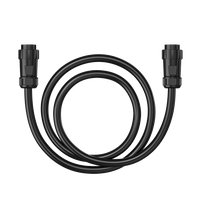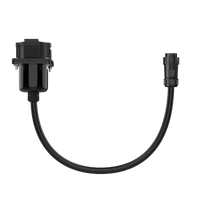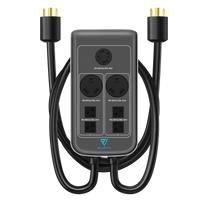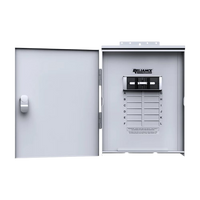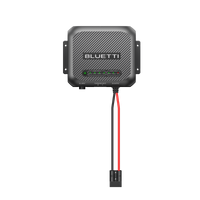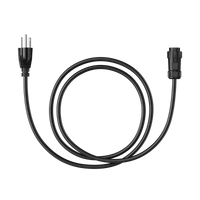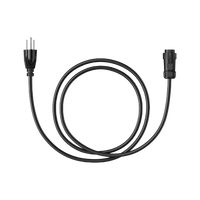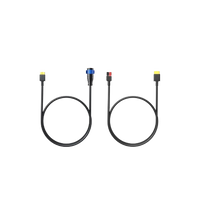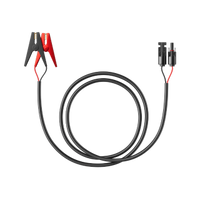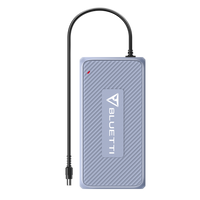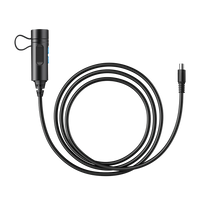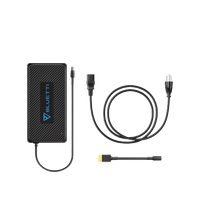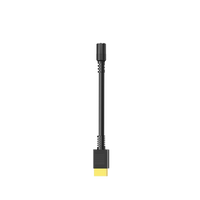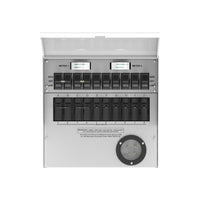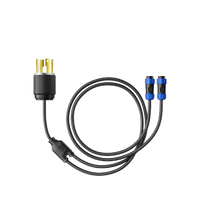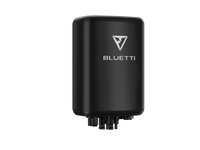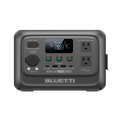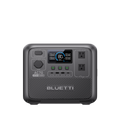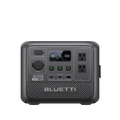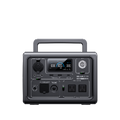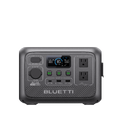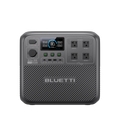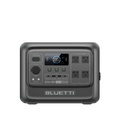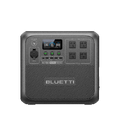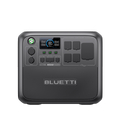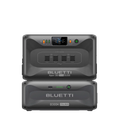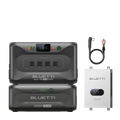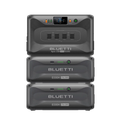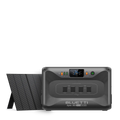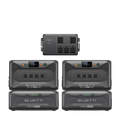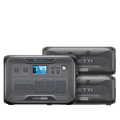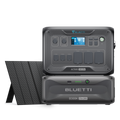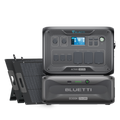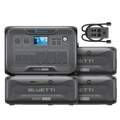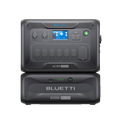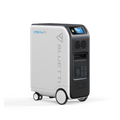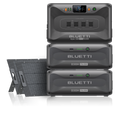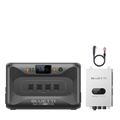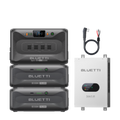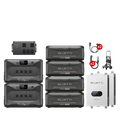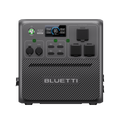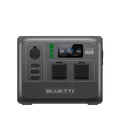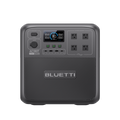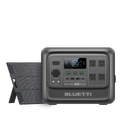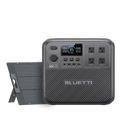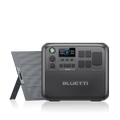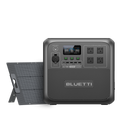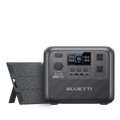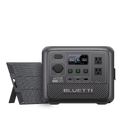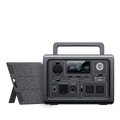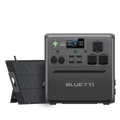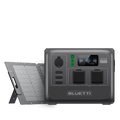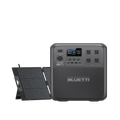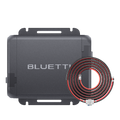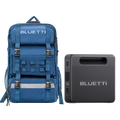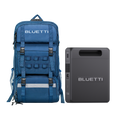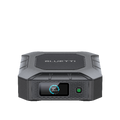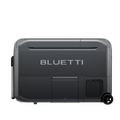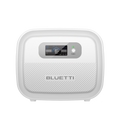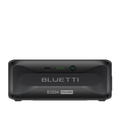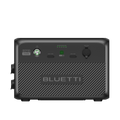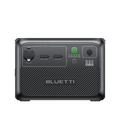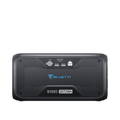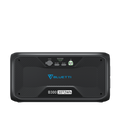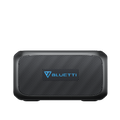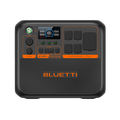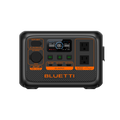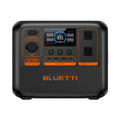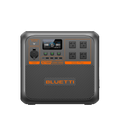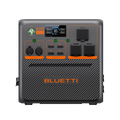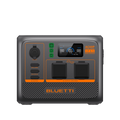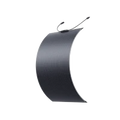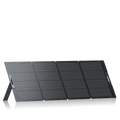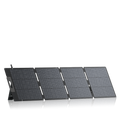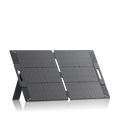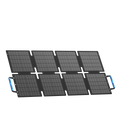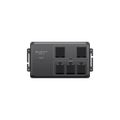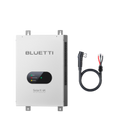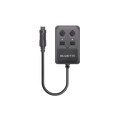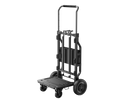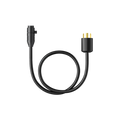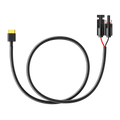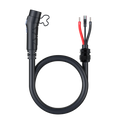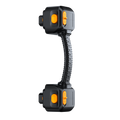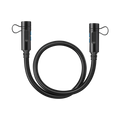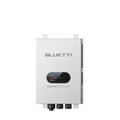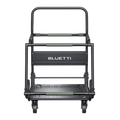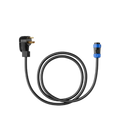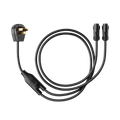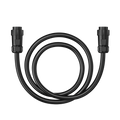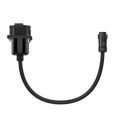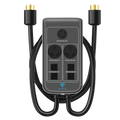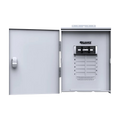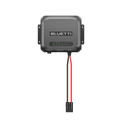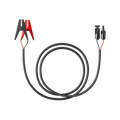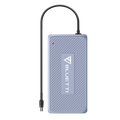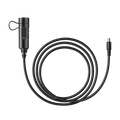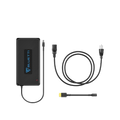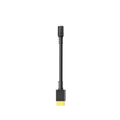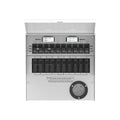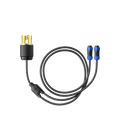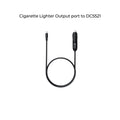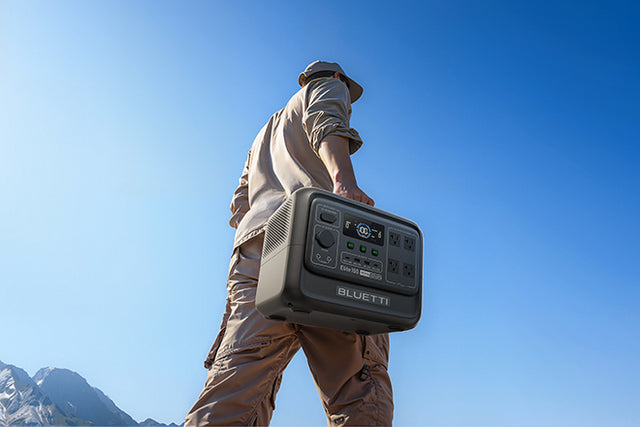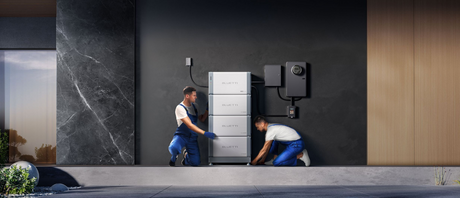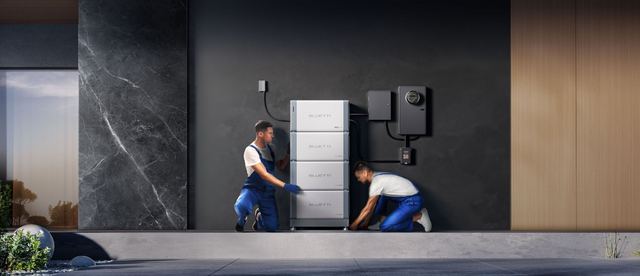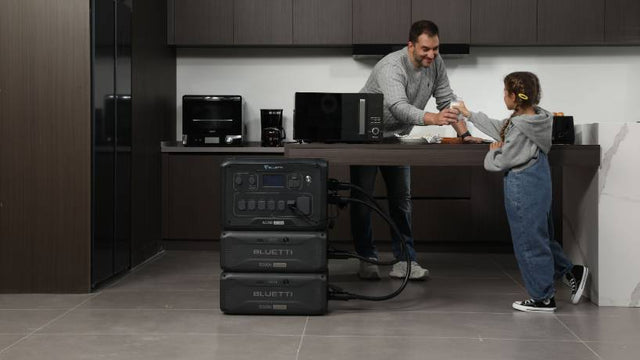Your cart is empty
Shop our productsThe USB technology has revolutionized the methods of connecting and charging gadgets. USB has evolved significantly since its creation, spawning various standards to suit different purposes.
From the earliest USB-A connectors on desktop computers to the newest USB-C ports on smartphones and laptops, understanding these connection types is crucial. Wondering what USB-A and USB-C actually are? In what ways are they different in shape, speed, charging, and usability? Or which of them best fits your devices?
All these questions and more are answered in this article. Understanding the difference between these types of USBs enables one to select the appropriate cables, chargers, and devices—and makes data transfers quicker and power supply more effective.
What is USB-A?
The most widely known USB connector is USB-A. The big rectangular shape has been the norm on computers, printers, and external drives, as well as many peripherals, over the decades.

Physical Design and Use
USB-A ports are large and can be identified easily, and are typically found on old devices or on computers with old ports. The connector is unidirectional, and this proves to be frustrating at times when putting it in.
Data Speeds
USB-A has progressed in several standards:
- USB 2.0 is capable of a data transfer rate up to 480 Mbps.
- USB 3.0 supports up to 5 Gbps.
- USB 3.2 Gen 2x2 is capable of supporting up to 20 Gbps.
Nonetheless, a lot of devices fall back to slower USB 2.0 or 3.0.
Power Delivery
USB-A does not have much power, typically 2.5W to 15W (up to ~18W with proprietary fast charging), which is sufficient for phones and small devices but not nearly enough to charge modern laptops.
Compatibility and Prevalence.
The USB-A connector is the most commonly used connection device and can connect to countless devices; this is because the connector is the classic USB connector and, as a result, can be used as a simple connectivity and charging device in most setups.
What is USB-C?
USB-C is a new USB connector that is aimed at substituting previous versions and introducing new possibilities.

Physical Design and Reversibility.
USB-C connectors are smaller and oval in shape and enable users to insert the cable regardless of the orientation because of their reversible design- there would be no more struggles in getting the orientation correct.
Data Transfer Speed
USB-C complies with future-proof USB standards:
- USB 3.1/USB 3.2 has a potential of 10-20 Gbps.
- USB4 and Thunderbolt 4 allow up to 40 Gbps fast speed, depending on the cable/protocol.
This is ideal for USB-C to be used in specific demanding tasks such as video streaming, gaming, and the transfer of large files.
Power Delivery (USB-PD)
A power delivery capability is one of the most impressive characteristics of USB-C. USB-C can provide 100 to 240 watts of power, which is enough to even charge laptops, monitors, and other high-energy devices within a short duration.
Additional Functionalities
In addition to data and power, USB-C also has video output standards such as HDMI or DisplayPort, so that a single USB-C connection can have your device on charge, data transfer, and an external display simultaneously.
Growing Adoption
USB-C has become the standard on smartphones, modern laptops, tablets, and an enormous variety of accessories, and it portends a transition to a universal connector among devices.
Key Differences Between USB-A and USB-C
|
Feature |
USB-A |
USB-C |
|
Shape & Size |
Large, rectangular |
Smaller, oval, reversible |
|
Insertion |
One-way only |
Reversible |
|
Max Data Transfer |
Up to 20 Gbps (USB 3.2 Gen 2×2) |
Up to 40 Gbps (USB4 / Thunderbolt 4) |
|
Max Power Delivery |
2.5W – 15W |
100W – 240W |
|
Video/Audio Supports |
Limited or none |
Supports HDMI, DisplayPort, and audio |
|
Compatibility |
Wide (legacy devices) |
Growing rapidly, modern devices |
|
Power Flow Direction |
One-directional (host to device) |
Bi-directional |
|
Future Proofing |
Older generation |
Future-proof standard |
Pros and Cons of USB-A and USB-C
USB-A Pros
- USB-A is very common in virtually all older devices.
- Durable and strong to use in everyday life.
- Cables and accessories are cheaper in most cases.
USB-A Cons
- Non-reversible and bulky design is inconvenient.
- A small amount of data transfer compared to USB-C.
- Small power delivery, not suitable for bigger devices.
- It will become obsolete as USB-C becomes more popular.
USB-C Pros
- Reversible and easier to use
- Enables very rapid data transfer.
- There is high power delivery that results in rapid charging of numerous gadgets.
- Able to relay video, audio, data, and power.
- The achievement of a universal standard in the world.
USB-C Cons
- USB-C is very much supported in newer devices, whereas older devices might require adapters.
- Certified USB-C cables and accessories are usually pricier.
- A bit of confusion because of various cable capabilities (not all USB-Cs have all the features).

Some Compatibility and Transition Tips.
USB-A to USB-C transitions are being undertaken, and most users now have both types. Here are useful tips:
- It is easy to connect a USB-A device to a USB-C port and do the same, provided adapters and hubs are used.
- In purchasing cables, specify their characteristics: only some USB-C cables will charge devices, and some will include complete video and data transfer.
- USB-C chargers have higher charging capabilities for compatible devices, especially for the newer smartphones and laptops.
- USB-C is becoming mandated for charging many types of devices required by the European Union and other regulatory authorities, and worldwide adoption is increasing rapidly.
- Only power banks and portable power stations with both a USB-A and a USB-C port last longer and are more reliable.
The Future of USB Technology
USB-C will be the standard. Its combination of small size, reversibility, high speed, and powerful charging features makes it suitable for nearly every type of device, including smartphones and tablets, laptops, and even some game consoles.
There is a general tendency among device makers to completely omit older interfaces such as USB-A and proprietary chargers. In addition, the capability of USB-C to support multiple protocols is expanding the usefulness of the port well beyond USB, such as supporting Thunderbolt 3/4.
Nevertheless, USB-A will not become obsolete very soon because of the legacies and economics. This will be bridged with the nature of dual-port devices and hubs.
Briefly, USB-C is the sign of the coming universal, rapid, and convenient connection.
Conclusion
USB-C can be identified as the more convenient, fast, and powerful amid the USB-A vs USB-C argument because it is future-proof. It is a better option for most users who may have the more recent devices demanding rapid speeds of charging and handling data.
Nevertheless, the extensive compatibility plus the strength of USB-A make it very relevant in the case of legacy devices and these peripherals. It is now common sense to possess accessories and chargers that are compatible with both, so confirm that no device is left behind.
With machines shifting to one-port USB-C connections, understanding the differences will make it easy to use all the necessary cables, chargers, and hubs that are on the phone, perform faster, and offer trouble-free adherence.
Recommended Products
To make your USB-A-USB-C transition process a better experience, the appropriate selection of power solutions and peripherals could greatly help the cause. These are two products with great versatility and dependability, capable of meeting both the USB standards, meaning smooth connectivity, and the ability to refuel anywhere.
BLUETTI Elite 100 V2 Portable Power Station
The Elite 100 V2 Portable Power Station is a great solution for everyone who requires both flexibility and power in their chargers. The distinctive features of the power station are its lightweight and compactness, and a housing that feels durable and has an impressive number of ports to charge devices, both USB-A and USB-C.
- Port Variety: The power station includes two USB-A ports to support older versions of accessories, smartphones, and cameras, and USB-C ports with 140W of fast charging speeds. This dual arrangement can ensure that many gadgets work with it.
- Power: The USB-C ports are compatible with USB Power Delivery (PD), providing an ideal complement to charging laptops, tablets, and the latest smartphones quickly and safely.
- Battery Capacity: Its large inbuilt battery delivers enough power to charge tablets and smartphones several times, allowing it to last longer when it is taking a camping trip, travelling, or used during power cuts.
- Additionally, the power station usually has AC outlets and DC ports where you can plug in small appliances or audio equipment to greatly increase its use.
- Portability: Built to enable adventurers and professionals on the move easily, it only weighs a handful of pounds and will easily go in backpacks or a carry case to make it portable or easy to use in the field.
- Safety Features: Integrates in-built measures of overcharging, overheating protection, and short circuiting, and your devices can be safely and reliably energised.
- Typical Applications: Our product is ideal for all travellers, world-travellers, remote workers, and emergency preparedness planners because they have several types of devices and need a reliable power solution that can be flexible to both traditional and new USB systems.

BLUETTI Apex 300 Home Backup Power System
To access home and as a reliable backup power supply, the Apex 300 Home Backup Power Station provides a beneficial and durable system, which accommodates the needs of the contemporary household with an extensive system of USB-A and USB-C technologies.
- Multiple Outputs: 2 USB-A ports with support for everyday and legacy devices, and two high-capacity USB-C ports with support for USB PD, and USB PD up to 100W power output. This implies that it is capable of charging laptops, monitors, smartphones, and other vital gadgets at the same time.
- Great Potential Storage: Apex 300 is equipped with bigger battery capacitance, ideal in times of a longer power outage, work-from-home accessories are enabled, and it is necessary to maintain communication requirements, small kitchen appliances, etc.
- Smart Charging Management: Smart power authentication modulates the speed and output of charging in real-time to meet the needs of each device and maintain the battery performance of connected hardware.
- Full power solution: In addition to supporting USB power-out, it also has AC power points, making it useful in supporting a wide range of devices other than those compatible with USB power systems, all the way up to lamps, small power fans, or entertainment areas.
- Easy to Use Interface: Will have a user-friendly LCD screen showing battery status, output, and charging-enabled features so users can optimise and monitor usage.
- Safety and Durability: Designed using the latest safety systems, such as surge protection, temperature system, and short circuit awareness systems, the device gives you a life of Spartan performance even in extreme situations.
- Best fit: Families, home office users, or any computer user who needs an all-in-one power backup solution that allows the support of more older USB-A devices and also supports the newer USB-C connection approach.

Why These Products?
Both the Elite 100 V2 and the Apex 300 are tailored in such a way as to address the pain points of a number of users who must switch between the USB types. No longer carry several chargers or fear compatibility of adapters, these power stations enable you to charge all your devices—old or new—using a single, reliable, and portable power source. They are investments in adaptability, convenience, and readiness. By ensuring that power stations equipped with a maximum range of USB ports and high-power output units are selected, users not only future-proof their power charging hardware but are also equipped with quick, safe, and efficient charging.
Shop products from this article
Be the First to Know
You May Also Like

Understanding One Big Beautiful Bill: A Simple Guide for Homeowners

Wire Ampacity Charts: A Guide to Doing It Right
